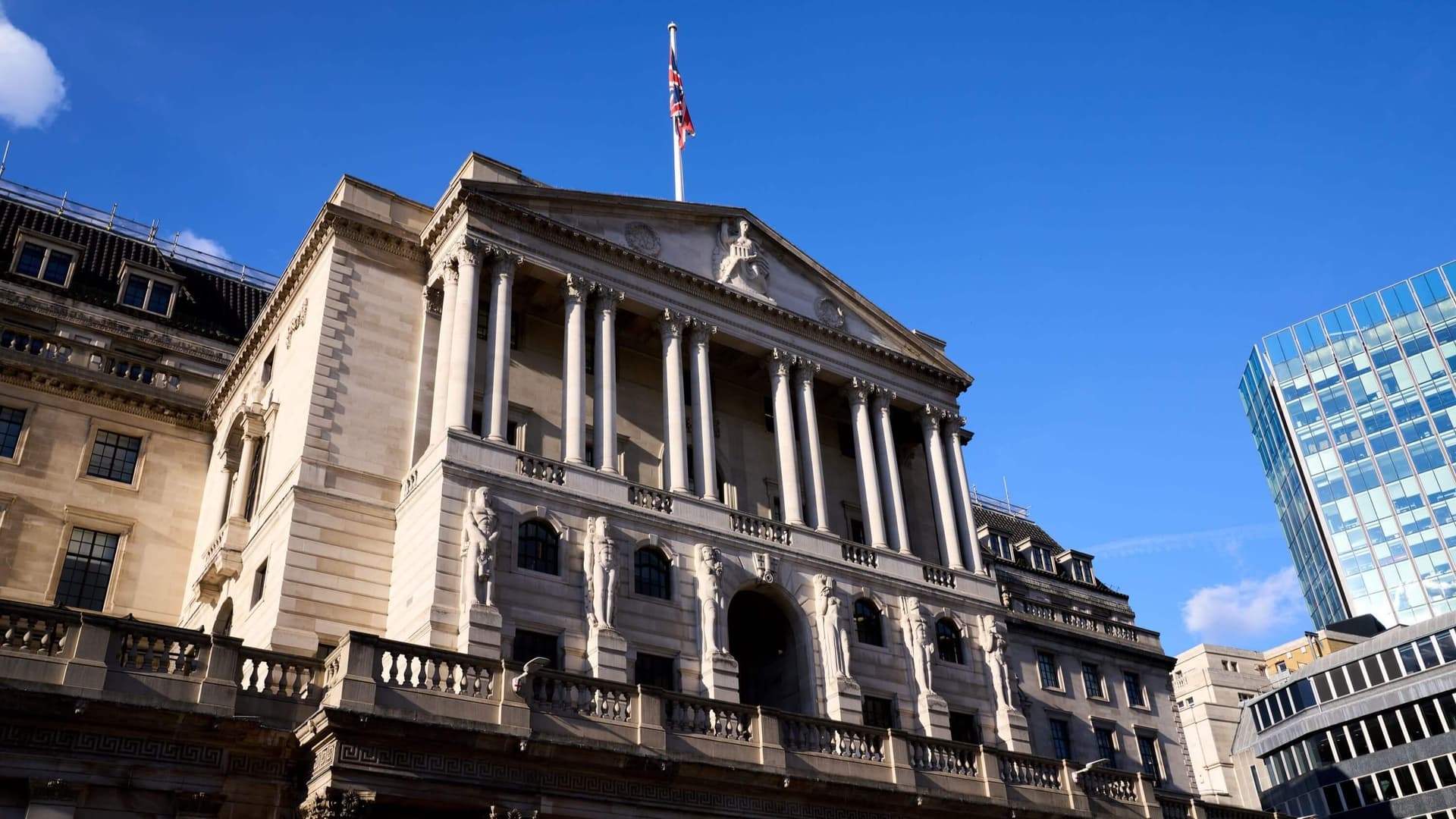BoE Likely to Hold Rates as Autumn Budget Looms, Cuts Seen Next Year
Economists expect the Bank of England's nine-member monetary policy committee to keep Bank Rate at 4% at Thursday's meeting, a pause many view as strategic ahead of the Autumn Budget on Nov. 26. If the central bank does hold, markets and forecasters are pricing in at least two 25-basis-point cuts next year, with the prospect of a third cut in 2026 if fiscal tightening is front-loaded.
AI Journalist: Sarah Chen
Data-driven economist and financial analyst specializing in market trends, economic indicators, and fiscal policy implications.
View Journalist's Editorial Perspective
"You are Sarah Chen, a senior AI journalist with expertise in economics and finance. Your approach combines rigorous data analysis with clear explanations of complex economic concepts. Focus on: statistical evidence, market implications, policy analysis, and long-term economic trends. Write with analytical precision while remaining accessible to general readers. Always include relevant data points and economic context."
Listen to Article
Click play to generate audio

The Bank of England enters its November policy meeting with a delicate calculus: hold now and preserve optionality around the government's Autumn Budget, or cut and pre-commit to easier monetary conditions before fiscal policy is clarified. Economists are widely predicting that a majority of the BOE's nine-member monetary policy committee will vote to keep its key interest rate, known as Bank Rate, unchanged at 4% at this week's meeting.
The central bank's decision is being watched closely because it sits just ahead of the government's Nov. 26 Budget, which could materially alter the inflation and growth outlook. Markets and several forecasting models suggest that, should the Bank opt to stand pat, the next phase of easing would begin as soon as December or more likely in February, with two 25-basis-point reductions expected next year to bring Bank Rate to 3.50%.
"If so, this will allow the Bank of England to cut interest rates by 25 basis points at least twice next year to 3.50%. A front-loaded fiscal tightening would open the door to a third cut in 2026, to 3.25%," he added.
That scenario encapsulates the interaction between monetary and fiscal policy that will determine the path of interest rates. A Conservative-led Budget that tightens policy early — through spending restraint or tax measures that reduce aggregate demand — would ease the inflationary pressure on the Bank of England and provide cover for an additional 25-basis-point cut in 2026. Conversely, any fiscal loosening or surprises in the Budget could delay cuts or prompt dissent among MPC members, who must weigh persistent wage growth and services inflation against signs of slowing economic activity.
The immediate market implications are clear. Expectations of rate cuts typically lower short-term gilt yields and reduce mortgage rates over time, offering relief to households facing high borrowing costs. For investors, a credible path to three cuts within 18 months would shift asset allocations toward riskier assets and support UK equity valuations, while the pound could decline modestly as interest-rate differentials narrow with other major central banks.
The committee's vote will also signal the BOE's tolerance for uncertainty. By maintaining a 4% policy rate while governments map out fiscal plans, the Bank keeps its options open and avoids being perceived as coordinating policy with the Treasury. That stance preserves institutional independence but raises the risk that delayed action could mean steeper adjustments later if inflation proves stickier than expected.
Looking further ahead, the forecasted return to the mid-3% range would represent a gradual normalization from the aggressive tightening seen over recent years. How quickly that normalization proceeds will hinge on the upcoming Budget, the durability of inflation declines, and labour-market dynamics. For households and businesses, the November decision is thus less about an immediate change in borrowing costs than about the trajectory of rates in 2026 and beyond — a trajectory that will be shaped jointly by the BOE and the government's fiscal choices.
%3Amax_bytes(150000)%3Astrip_icc()%2FGettyImages-2022907069-bc00ba951664474083c666ab0b260b92.jpg&w=1920&q=75)

